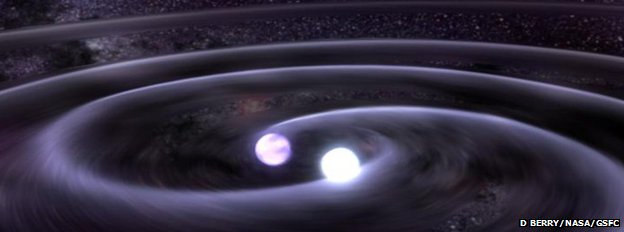A team of physicists has provided some of the clearest evidence yet that our Universe could be just one big projection.
In 1997, theoretical physicist Juan Maldacena proposed1 that an audacious model of the Universe in which gravity arises from infinitesimally thin, vibrating strings could be reinterpreted in terms of well-established physics. The mathematically intricate world of strings, which exist in nine dimensions of space plus one of time, would be merely a hologram: the real action would play out in a simpler, flatter cosmos where there is no gravity.
via Simulations back up theory that Universe is a hologram : Nature News & Comment.
ie models that work in lower dimensional universes, can be proven to work in higher dimensional universes. This means that we are projected ‘up’ from lower dimensions.
Now the following article becomes properly relevant because of the above article: A Link Between Wormholes and Quantum Entanglement.
wo independent teams of scientists say that it should also be possible to create a wormhole connection between two ordinary quantum particles, such as quarks that make up protons and neutrons.
This article was detracted as being a fun mathematical excercise but impractical because it only worked in a lower dimensional universe. Now, however we know that our universe is a projection of that universe, and so the laws that hold there, definitely hold here and are practical.

